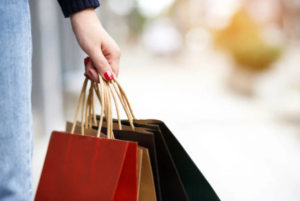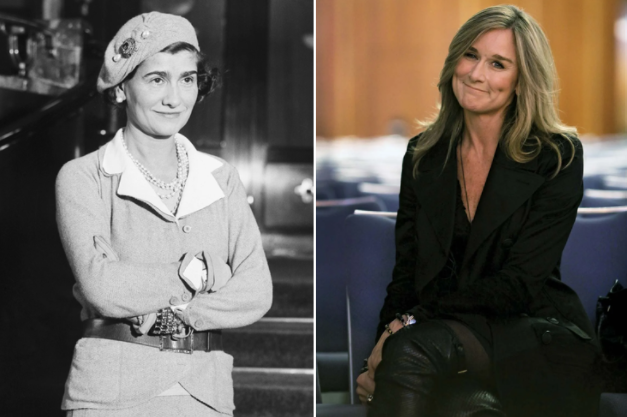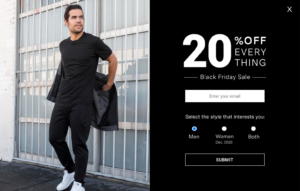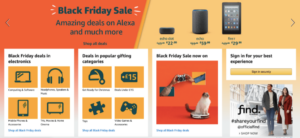Over the last few years, the rapid advancements of artificial intelligence (AI) have influenced nearly every aspect of human life. From creating incremental revenue to personalized content on social media, this technology proves to be a great asset in today’s digital world, and it’s become accessible to all-sized businesses.
According to PwC Global, the total contribution of AI to the global economy is expected to hit $15.7 trillion by 2030. As artificial intelligence continues to replicate human intelligence in machines, the possibilities to use this technology seem infinite, prompting more organizations to adopt it in their daily operations.
Artificial intelligence is made up of multiple fields, one of the most common being machine learning. It allows software applications to predict outcomes more accurately without being explicitly programmed. This technology’s primary goal is to enable computers to learn on their own without human intervention or assistance.
Comillia AI, also known as Como’s machine learning technology (MLT), is a self-learning algorithm that uses purchase histories to segment and predict members’ future behavior. It brings the technology to your business reach with only a few clicks. It will know which benefits to pairing with selected members so that your business generates maximum revenue, suggesting the gifts to be sent to selected members via SMS, push notification, or email.
We’ve narrowed down four great advantages of what machine learning technology, such as Comillia, has to offer for your business:
1. Incremental revenue
Many business executives are seeking simplified solutions to boost their sales numbers, generating incremental revenue. McKinsey’s 2020 AI survey found that 80% agree that machine learning and artificial intelligence are crucial factors behind the increase in revenue. With the help of artificial intelligence, business owners can make real-time decisions on what they can do to boost sales.
AI also enhances an organization’s ability to grow revenue by identifying the right target market and suggesting how to meet each of its needs. With predictive analytics, you can compare similar customer profiles and determine the characteristics of customers who are more likely to buy from you.

2. Sales forecasting
Sales data is often very complex and challenging to predict in traditional forecasting. On the other hand, machine learning offers the capacity to manage a company’s financial processes, such as sales forecasting. It can find patterns and correlations in financial data that a traditional (or human) system would never be able to find.
Companies can save time and effort on managing their finances, and reduce room for human error that can result in misleading predictions. Instead, you can make accurate forecasts of future sales revenue, set realistic sales targets, and project future budgets.
3. Data gathering
The amount of data a business can generate can be overwhelming, creating missed opportunities if the data is not appropriately leveraged. Rather than manually reviewing each customer’s transaction history, machine learning can examine large volumes of data and identify trends that humans may fail to recognize.
The use of machine learning technology can help in the efficient collection of data on your customers’ journey and provide insightful data. Understanding their purchase patterns can help build long-term predictions and help your organization strategically move forward. Due to these predictions, you can proactively communicate the right offers at the right time.

4. Offers and campaigns personalization
With such an emphasis on understanding customers’ wants, needs and preferences, AI presents itself as an extraordinary opportunity. Understanding your customers’ preferences is key to successful personalization. For instance, the world-renowned streaming platform Netflix uses AI to recommend shows and movies tailored for each user based on their viewing history.
In contrast to a one-size-fits-all model, AI will suggest and customize offers and campaigns that will resonate with the targeted individuals. According to a 2020 survey from Salesforce, 97% of brands found an increase in revenue with customized marketing campaigns. The outcome of client loyalty will be repeat buyers who will gladly share positive feedback about your brand.
AI technology such as Comillia can help you discover precisely what your customers like quickly and efficiently rather than checking it manually. Customer actions trigger the algorithm to create customer personas based on information that can be segmented by age, location, and even interests.
Artificial intelligence and machine learning offer some clear benefits for businesses of any kind, playing a vital role in accelerating steady growth, incremental revenue, and boosting customer loyalty. If you want to gain an advantage over your competitors, it is essential to consider incorporating and leveraging AI in your overall business strategy.
Contact one of our CSMs today to learn how Comillia can take your business to new heights!




















